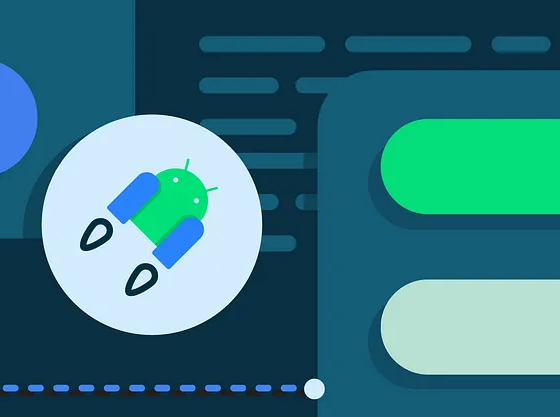Illuminating Interactions: Visual State In Jetpack Compose
An important responsibility of any design system is making it clear what components can and cannot be interacted with, and letting users know when an interaction has taken place. This…
Share









